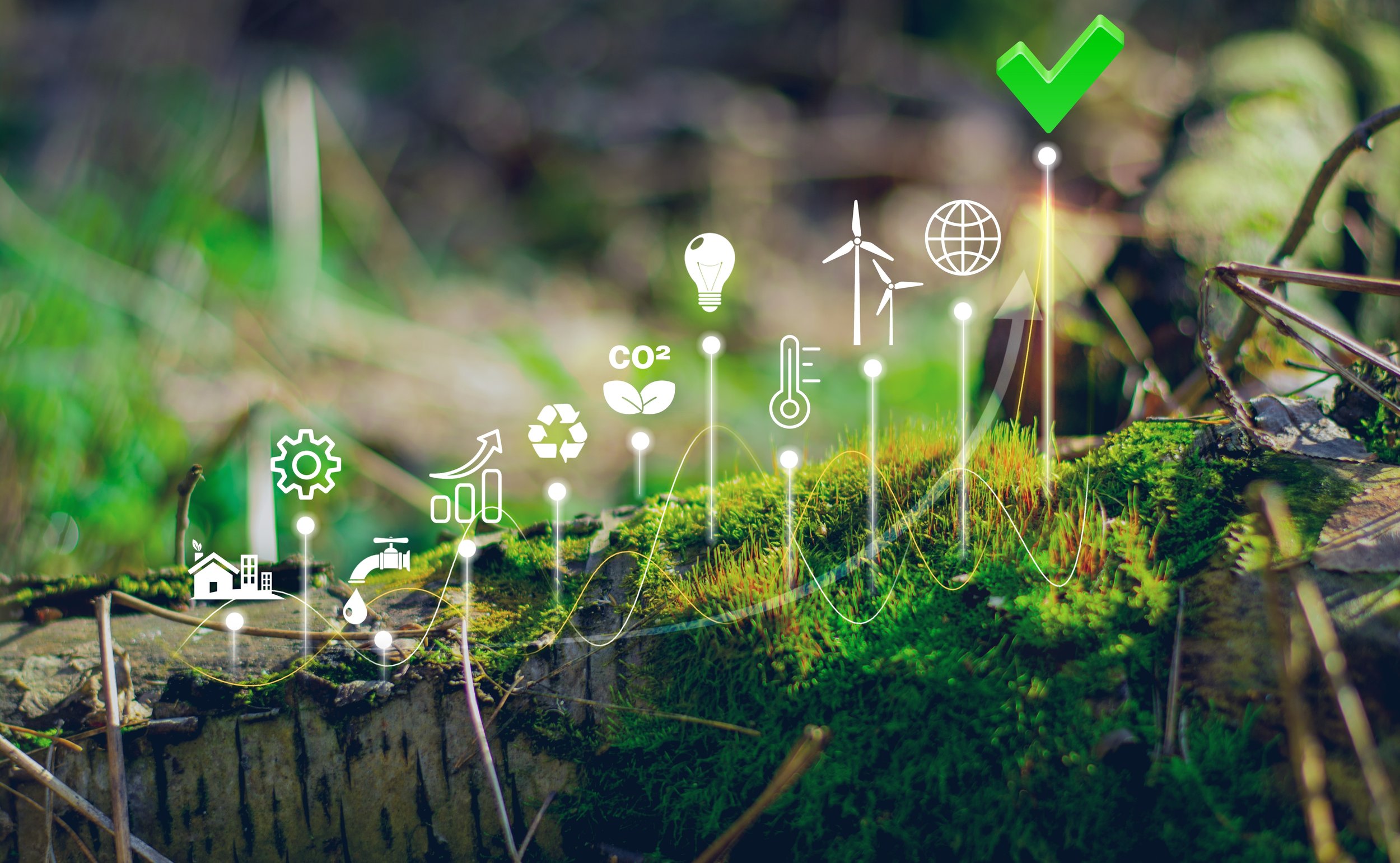Nanotechnology and the Digital Divide: A Double-edged Sword?

In our rapidly evolving digital age, access to technology and the internet has become increasingly vital for individuals and communities worldwide. However, not everyone has equal access to these resources, leading to what is known as the digital divide.
The digital divide refers to the gap between demographics and regions with access to modern information and communication technologies (ICT) and those who don’t.
It’s most evident between urban and rural areas, old and young, educated and uneducated, rich and poor and, on a wider scale, between more and less industrialised countries.
So, where does nanotechnology - technology on the scale of atoms and molecules - come into the equation?
Well it enables the development of advanced materials with superior properties. For instance, nanomaterials could enhance the efficiency and durability of batteries, leading to longer-lasting and more affordable energy storage solutions.
This could greatly benefit communities with limited access to reliable electricity, empowering them with renewable energy options and enabling connectivity. By reducing the cost and improving the performance of electronic devices, nano has the potential to bridge the digital divide by making technology more accessible to underprivileged populations.
A report by Virtue Market Research in 2023 claimed the global nanotechnology in electronics market was valued at $3.92 billion. It projects it will reach a market capitalisation of $32 billion in 2030. Over the forecast period of 2023-2030, the market is estimated to see a CAGR of 30%.
However, despite the promising innovations, nanotechnology remains an expensive area of research, often limited to developed nations with strong infrastructure.
Many social scientists have expressed concern that underdeveloped countries will fall further behind as they cannot afford the cost of nanotechnology development.
It is therefore crucial to ensure that the benefits of nanotech innovation are widely distributed to avoid deepening social and economic inequalities.
It is a challenge that will need to be widely embraced. Investors who have adopted a social conscience in their dealings will do well to note the benefits such a move could bring.
Another risk lies in the environmental and health impacts of nano. While nanomaterials offer exciting possibilities for enhancing electronic devices, their long-term effects on human health and the environment are still not fully understood.
If not properly regulated and managed, the widespread use of nanomaterials in electronics manufacturing could result in unintended consequences, further exacerbating inequalities.
For instance, communities without the necessary resources to deal with the potential hazards of nanomaterials might face greater risks, widening the divide between those who can mitigate the risks and those who cannot.
There are a number of large companies who have been making strides to utilise nanotechnology to help reduce the divide.
IBM has been actively involved in nanotechnology research and development. It has explored nanoscale materials and processes to improve the performance and efficiency of electronic devices.
It believes the technology “will play an increasingly important role in the design of future computer chips that are smaller, smarter and more energy efficient”, and have committed to fostering nanotech innovations for the foreseeable future with its state-of-the-art research centre.
Nanotechnology could also potentially revolutionise the fight against disease, most notably in poorer countries.
Every year, more than 3.5 million people die from water related diseases. The majority of these are within Africa and affect children the most.
A team or researchers at the University of Arizona developed a technique that uses a paper chip coated in nanoparticles, with each particle having antibodies against the norovirus, a common viral pathogen coated on the surface.
When water containing the norovirus is dropped on the chip, the viruses attach themselves to the particles, which then shine in a way that can be detected through a basic microscope.
This dramatically reduces the cost of detecting norovirus in a water supply, which typically requires shipping a sample to a lab and waiting days for a result.
There is a growing feeling that the conversation around closing the gap has been misguided in recent years and should instead focus on key issues.
In other words, helping stabilise the health and basic infrastructure – such as water supplies – in these cash-strapped regions before investing in modern tech.
Romain Murenzi, executive director of the World Academy of Sciences, stated at a UN conference in regard to the digital divide: “Often discussions centre on broadband, artificial intelligence and big data. But for developing countries, the focus must be on technologies for delivering water, electricity, and food storage.”
It stands to reason, then, that nanotechnology has the potential to reduce the digital divide if the technology becomes widely accessible and affordable for use in more practical applications.
However, it alone is not enough to bridge the gap, and the focus must remain on ensuring a fairer distribution of technology and information.
Written by Chris Britcher





